Building literacy and bridging the digital divide
The project aims to expand the curriculum and capacity of the Flying Kites Teacher Training Center. It will also provide access to technology training, resources, internet, and EdTech software, in order to enhance teacher performance, improve student outcomes in literacy and numeracy, promote digital literacy, and nurture the development of 21st century skills. More specifically this entails establishing and outfitting a Technology Resource Center within the existing Teacher Training Center. At the Technology Resource Center, Information Communication and Technology training will be delivered, year-round, to 250 teachers through a combination of skill-building workshops, on-the-job learning and classroom-based coaching focused on technology and the use of EdTech tools. The project also includes providing 9,000 students with access to tablets featuring the Award-Winning Kitkit curriculum, provided via the KitKit school software.
Founded in 2007, flying Kites is a registered International NGO in the USA and a registered Foundation in Kenya. Its mission is to support collaborative programs that optimize access to quality education, strengthen schools, support teachers, and improve student outcomes, building capacity for impoverished rural communities to sustainability lift them out of poverty.
News
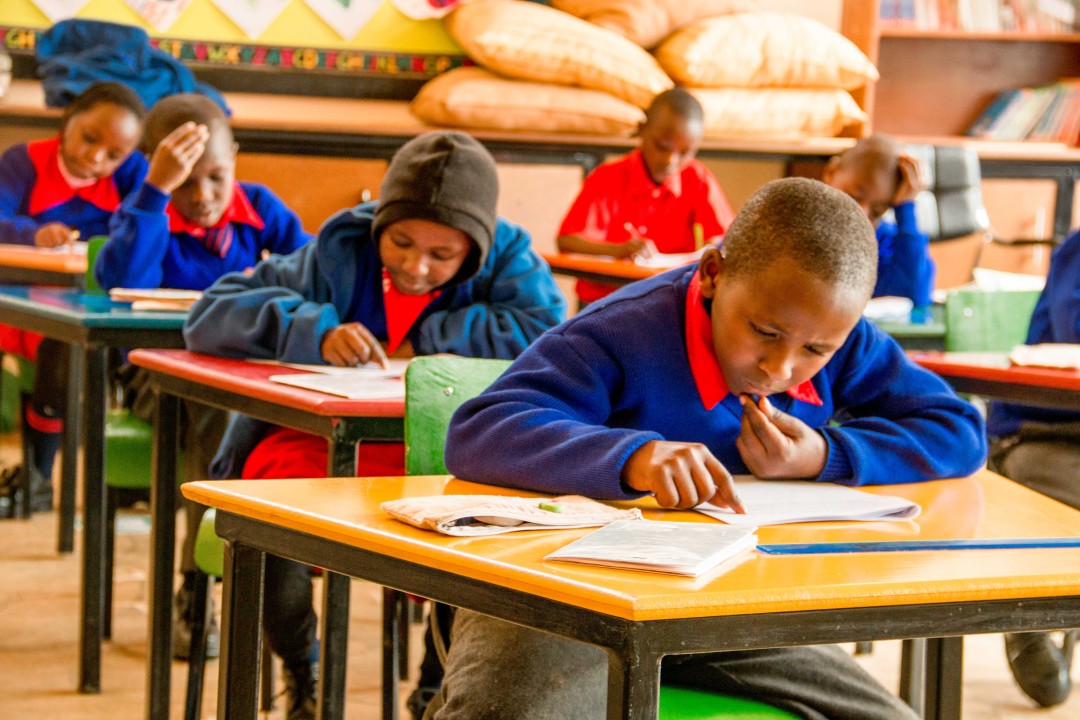
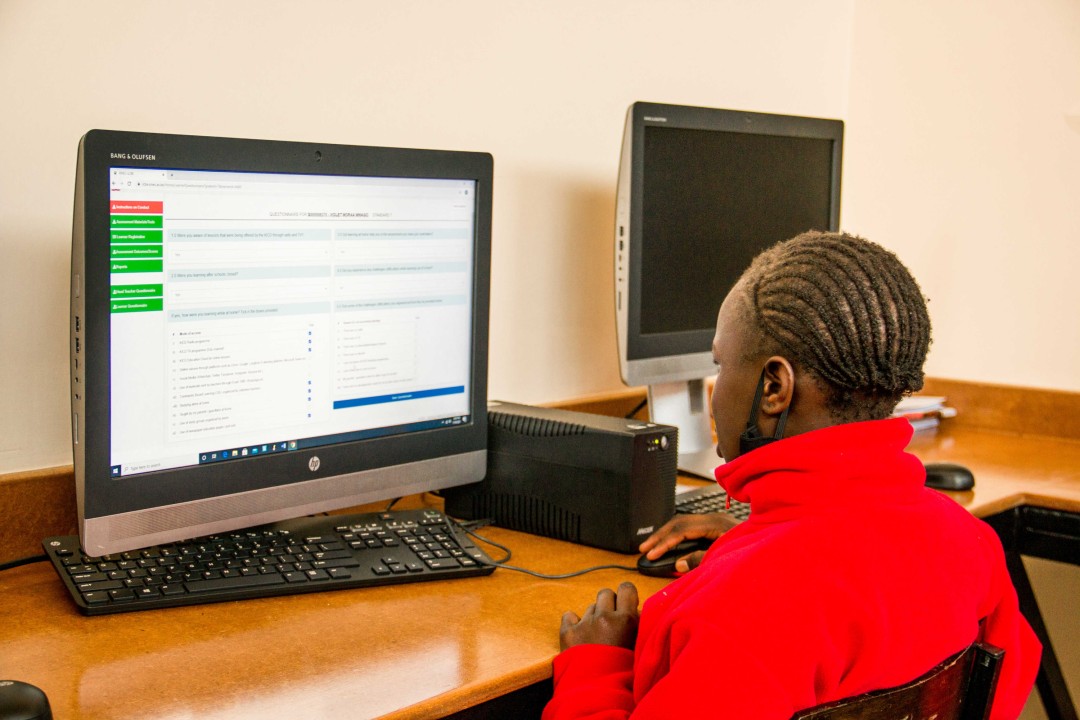
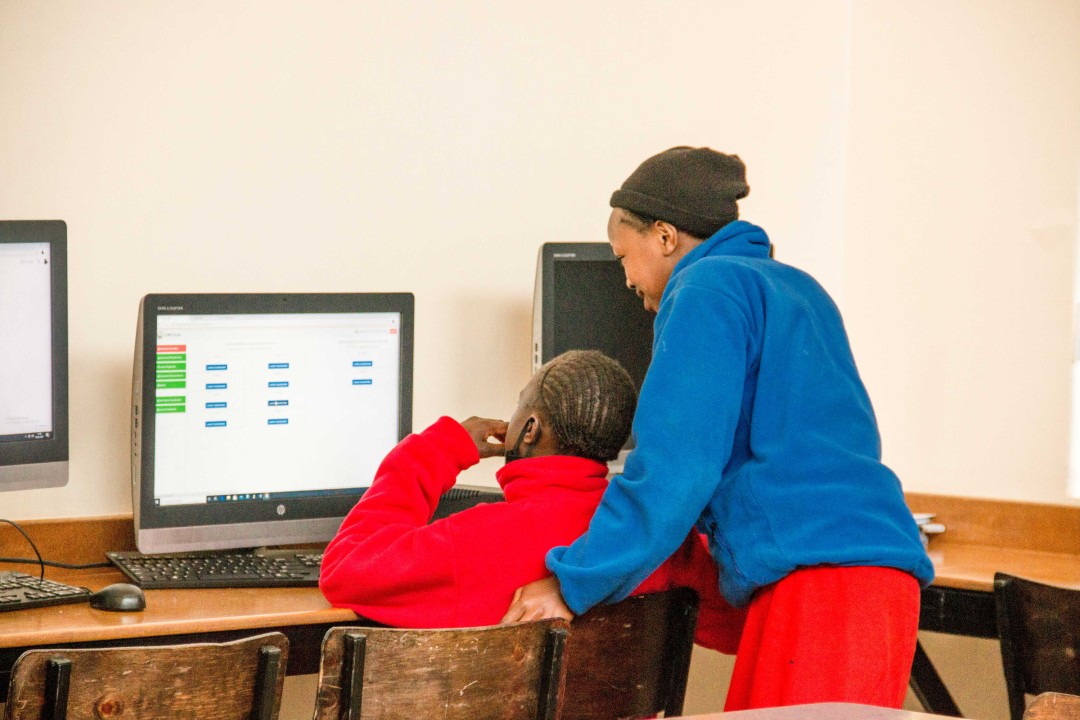
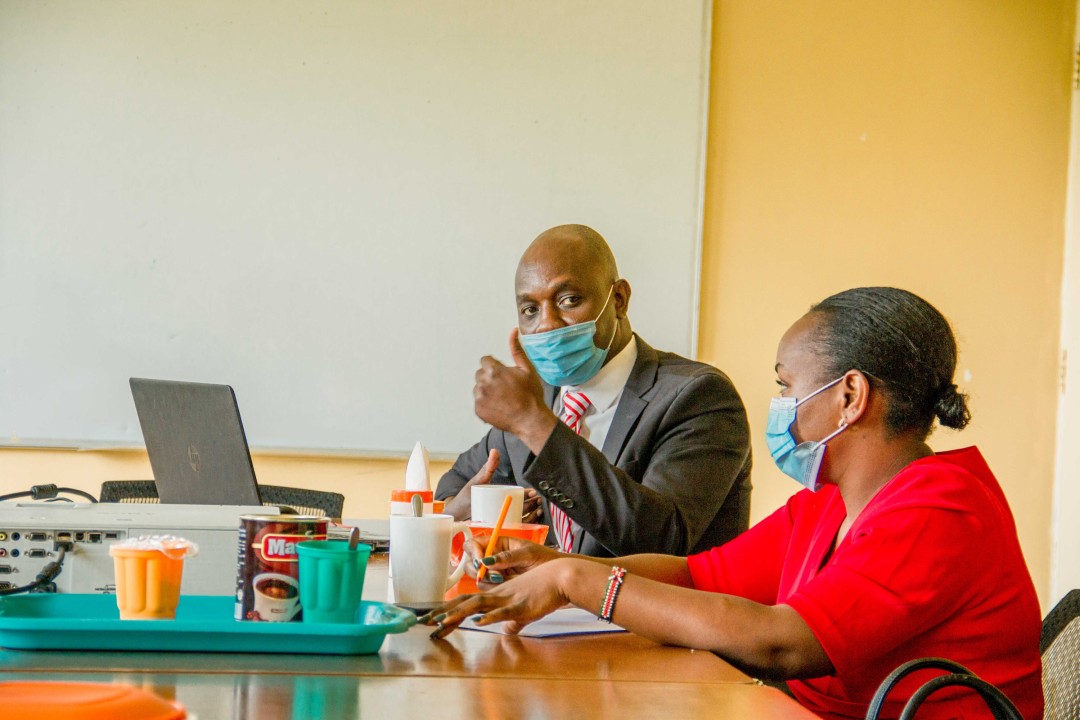
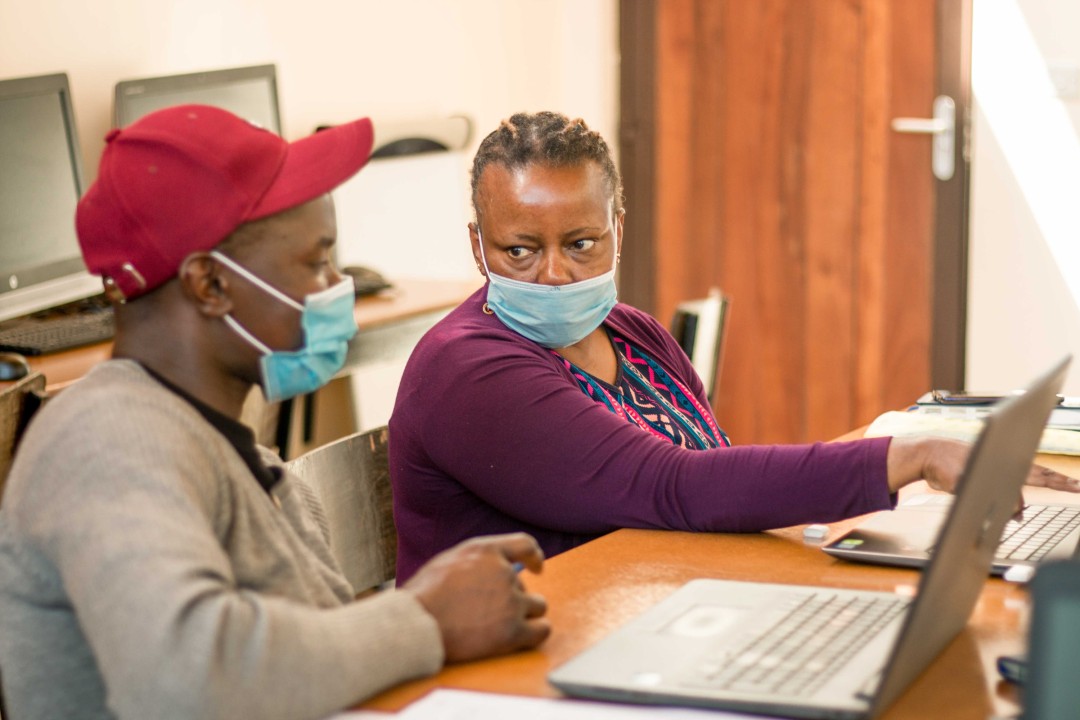

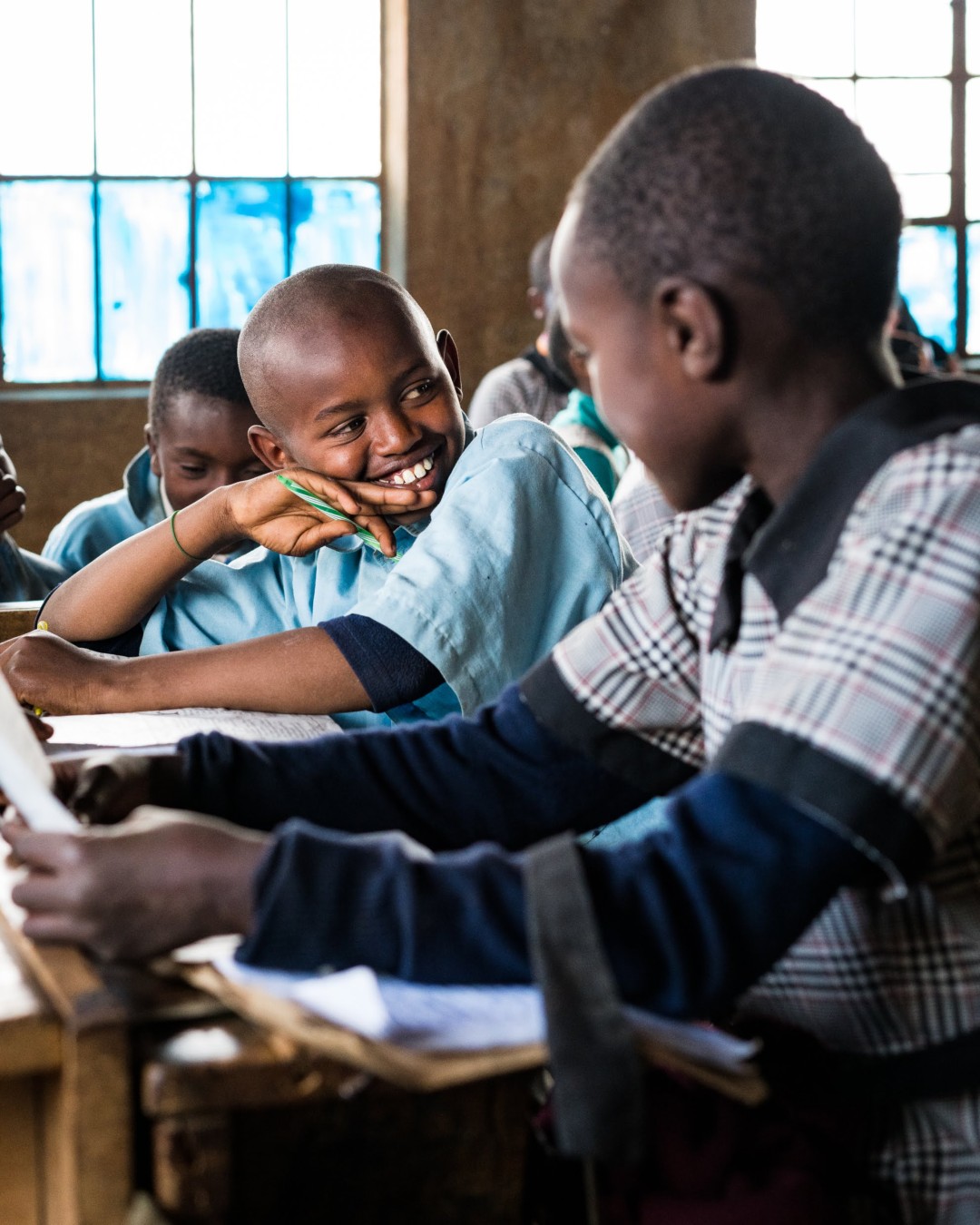
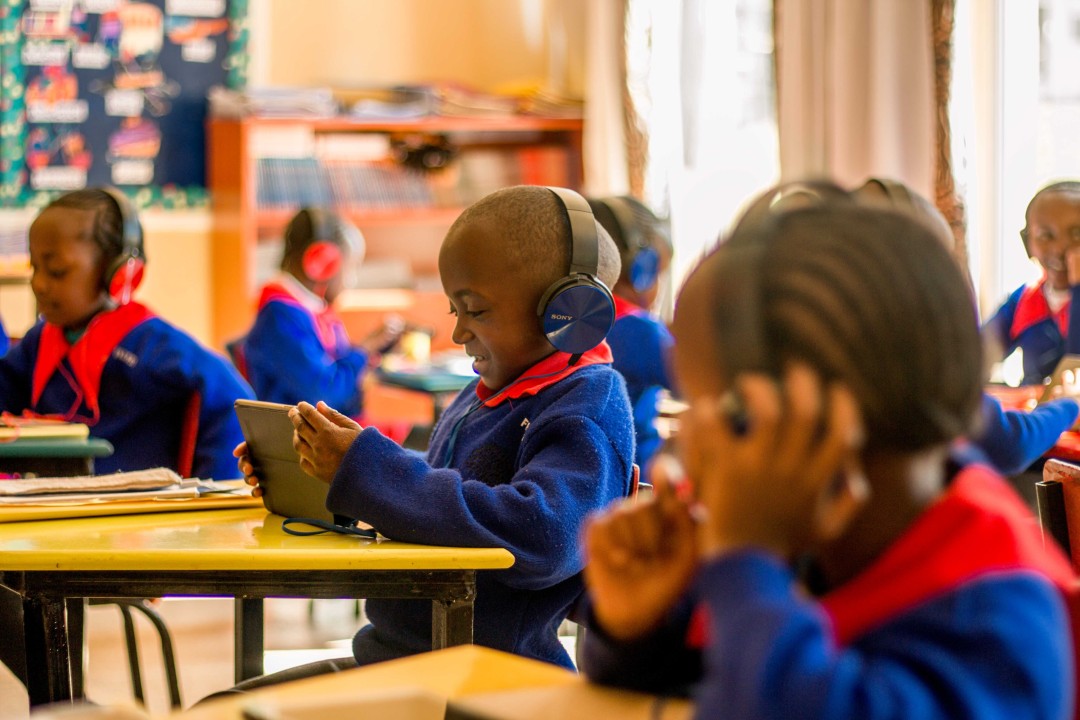


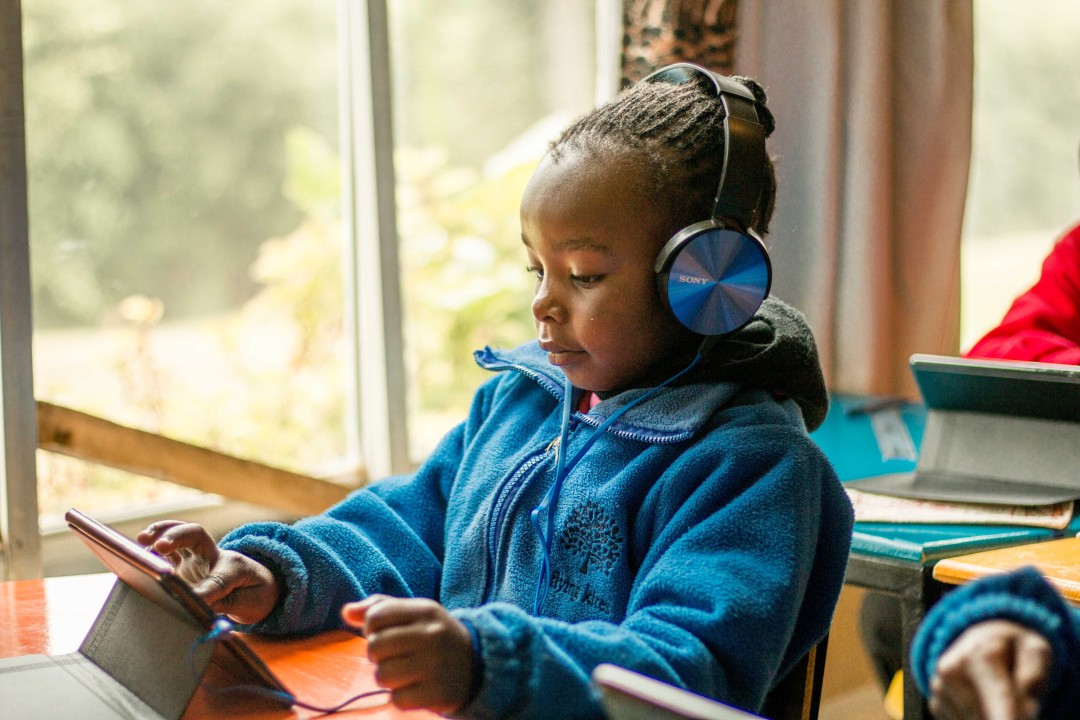

Kenya
Population
49.7 million (2017)
Per Capita Income
USD 1,460/year (2017)
Poverty rate *
36% (2015)
Literacy rate
79% (2016)
Human Development Index
142nd out of 189 countries (2018)
Kenya’s macro-economic conditions have progressed over the past decade, improving the welfare of its population. However, a quarter of its population lives in urban informal settlements, arid and semi-arid rural areas and remain vulnerable to poverty, conflict, structural underdevelopment and disease. Even though national absolute poverty has declined overall, it remains high compared with neighbouring countries. Primary school enrolment has reached 100%. Access to household services such as electricity, improved drinking water and sanitation has steadily increased, even though coverage remains low (23%, 47% and 33% respectively). Youth unemployment and vulnerability to climate change remain key challenges.
Sources: World Food Program, UNICEF, World Bank, 2016 Human Development Report, Human Development Indices and Indicators (2018 Statistical Update)
*The percentage of the population living below the national poverty line.